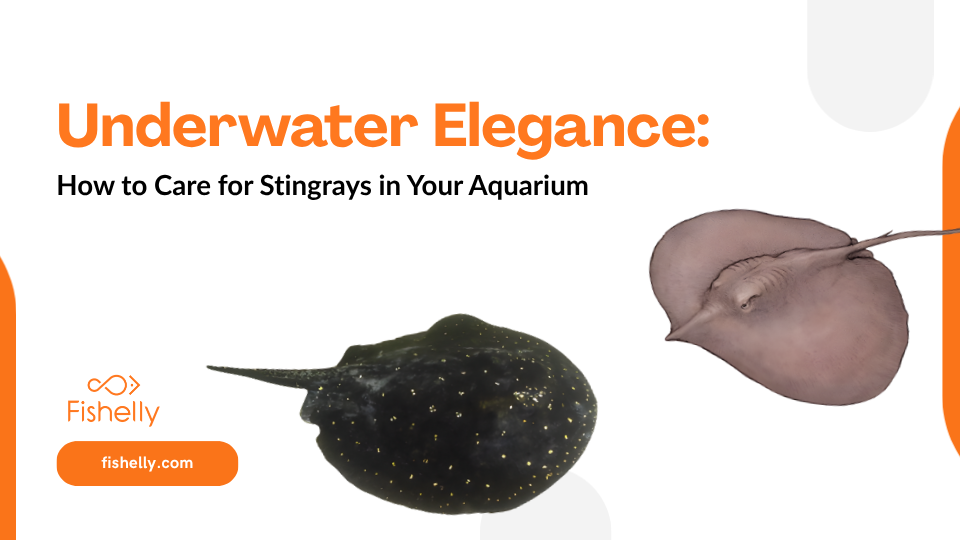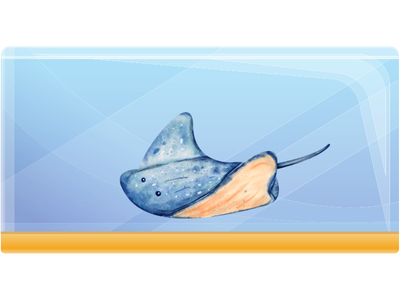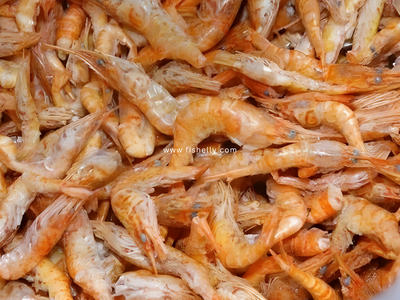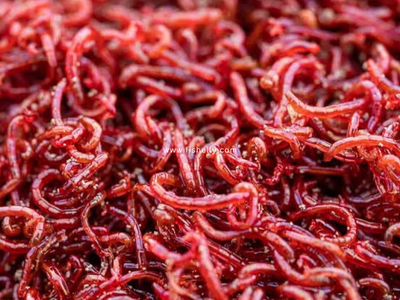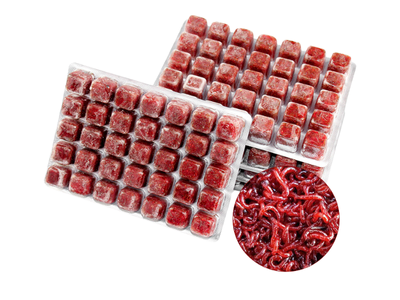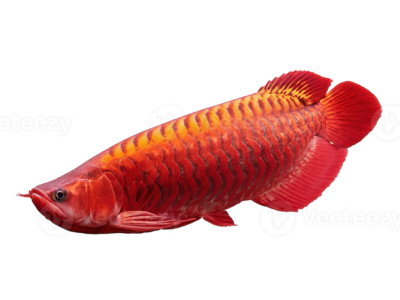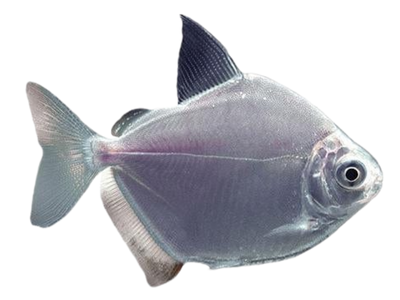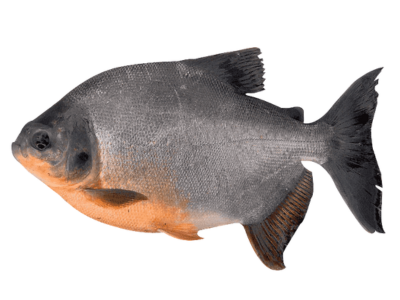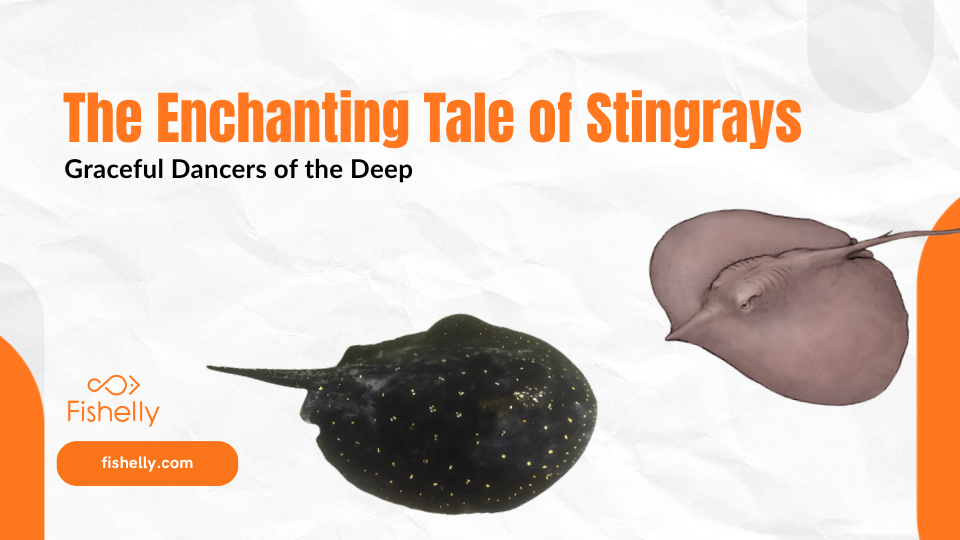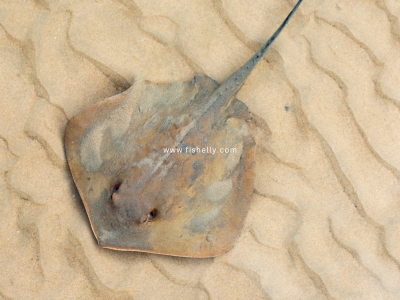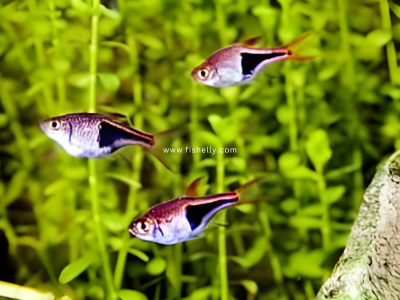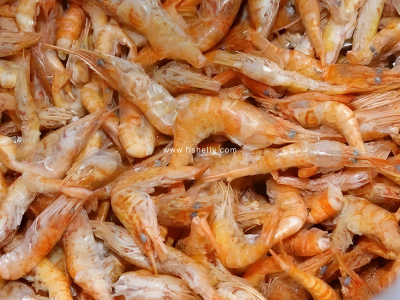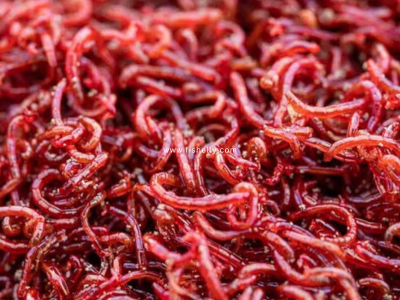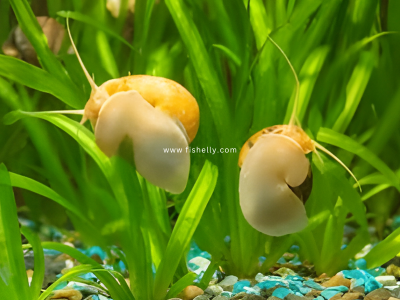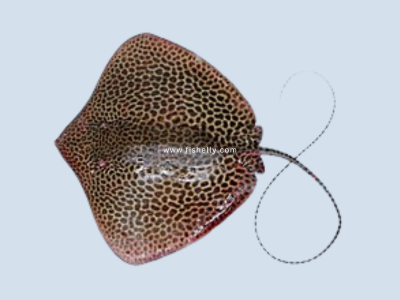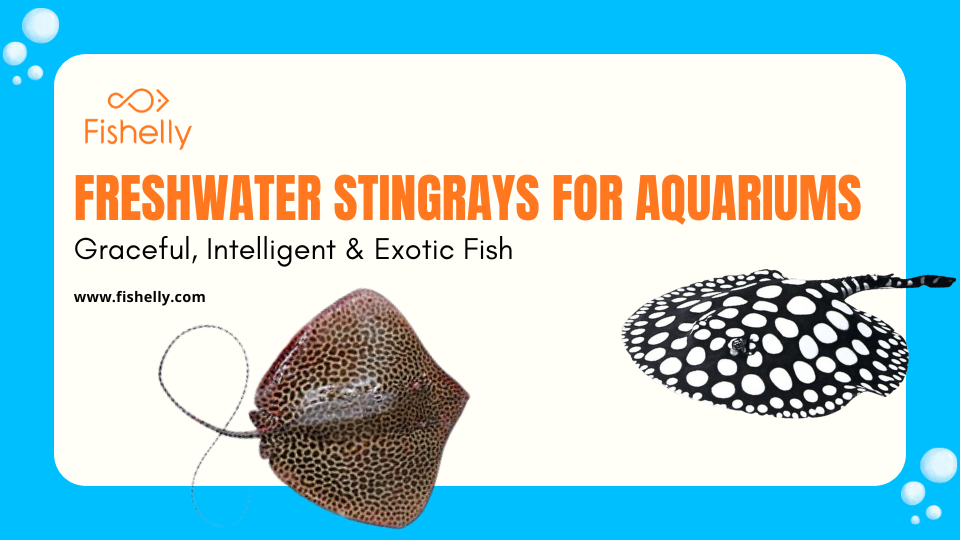
Tetra Fish Care Mistakes That Cause Stress & Death
Learn the most common tetra fish care mistakes beginners make. Discover proper feeding, water care, tank mates, and tips to keep tetras healthy.
Table of Contents
- Keeping Too Few Tetras
- Ignoring Water Parameters
- Overfeeding Every Day
- Choosing Wrong Tank Mates
- Not Maintaining Clean Water
- No Plants or Hiding Spaces
- Faq
- Conclusion
Tetra fish are among the most loved aquarium fish in the world. Their small size, bright colors, and peaceful nature make them perfect for home aquariums. Many beginners choose tetras thinking they are very easy to care for.
However, even small daily mistakes can slowly affect their health. These mistakes don’t kill fish immediately, but over time they cause stress, weak immunity, dull colors, frequent diseases, and sudden deaths.
If your tetras hide a lot, lose their shine, stop eating, or die without warning, you might be making one or more of these common mistakes. Let’s understand them in detail and learn the correct way to care for tetra fish.
1. Keeping Too Few Tetras
Tetras are schooling fish, which means they naturally live in groups in rivers and streams. Being in a group makes them feel safe and confident.
Common mistake
Keeping only 1–2 tetras in a tank.

Why this is harmful
When tetras are kept alone or in very small numbers:
-
They feel unsafe and stressed all the time
-
Stress weakens their immune system
-
They may hide behind plants or decorations
-
They may stop eating properly
-
Their colors fade and lifespan reduces
Stress is one of the biggest silent killers in aquarium fish.
Right way
-
Always keep at least 6–8 tetras of the same species
-
Larger groups (10–12) are even better if tank size allows
-
In groups, tetras swim freely, show bright colors, and stay active
More tetras = less stress = healthier fish

2. Ignoring Water Parameters
Many people think clear water means healthy water, but that is not always true. Tetras are sensitive to water conditions.
Common mistakes
- Sudden temperature changes

- Not checking pH

-
Skipping weekly water changes
-
Using untreated tap water
Why this is dangerous
-
Sudden temperature changes shock fish
-
Wrong pH damages gills and internal organs
-
Dirty water increases toxins like ammonia and nitrite
-
Fish become weak, stressed, and disease-prone
Even one sudden change can seriously affect tetras.
Right way
-
Maintain temperature between 22–26°C
-
Keep pH stable (generally 6.0–7.5, depending on species)
-
Change 20–25% water once every week
-
Always use dechlorinated water
-
Avoid sudden water changes or full tank cleaning
Stable water = stable and happy fish

3. Overfeeding Every Day
Feeding fish is enjoyable, so many owners feed more than needed. This is one of the most common mistakes.

Common mistake
-
Feeding large amounts
-
Feeding many times a day
-
Leaving uneaten food in the tank

Why this is harmful
-
Extra food sinks and rots in the tank
-
Rotten food pollutes water
-
Ammonia levels rise quickly
-
Fish suffer from bloating and digestion issues
-
Water becomes dirty faster
Overfeeding harms both fish and water quality.
Right way
-
Feed once or twice a day only
-
Give only what fish can eat in 2–3 minutes
-
Remove uneaten food if any
-
Give one fasting day per week to improve digestion
Less food = cleaner water + healthier fish

4. Choosing Wrong Tank Mates
Tetras are peaceful fish and do best in calm environments.
Common mistake
- Keeping tetras with aggressive or fin-nipping fish.
Why this causes stress
- Aggressive fish chase tetras

- Fin-nippers bite their fins

-
Tetras hide constantly
-
Stress reduces color, growth, and lifespan

Even if fighting is not visible, constant fear is harmful.
Fish to avoid
- Aggressive cichlids

- Large predatory fish

- Known fin-nippers

Best tank mates
- Other tetra species

- Guppies

- Corydoras

- Small peaceful community fish
A peaceful tank helps tetras stay confident and active.
5. Not Maintaining Clean Water
Even if feeding and tank mates are correct, poor cleaning can still harm fish.
Common mistakes
- Skipping tank cleaning

-
Cleaning everything at once
-
Washing filter media in tap water
Why this is risky
- Waste builds up quickly

-
Oxygen levels drop
-
Beneficial bacteria die
-
Fish lose color and energy

Right way
-
Clean tank glass regularly
-
Siphon waste from substrate during water changes
-
Rinse filter media in old tank water, not tap water
-
Never clean the entire tank at once
Clean water keeps fish healthy and stress-free
6. No Plants or Hiding Spaces
Bare tanks increase stress.
Why plants matter
-
Provide hiding places
-
Reduce stress
-
Improve water quality
-
Make fish feel natural and safe
Live or artificial plants both help.

Faq
1. How many tetra fish should I keep together?
Tetras should always be kept in groups. A minimum of 6–8 tetras of the same species is recommended. Keeping them in groups helps reduce stress, improves their color, and makes them more active.
2. Can I keep tetra fish in a bowl?
No, tetra fish should not be kept in bowls. Bowls are too small, get dirty quickly, and do not provide stable water conditions. A proper aquarium with filtration is necessary for their health.
3. How often should I feed tetra fish?
You should feed tetra fish once or twice a day. Give only a small amount that they can finish within 2–3 minutes. Overfeeding can cause water pollution and health problems.
4. Do tetra fish need a filter?
Yes, a filter is very important for tetra fish. It helps keep the water clean, removes waste, and supports beneficial bacteria that protect fish from harmful toxins.
5. How often should I change the water in a tetra tank?
You should change about 20–25% of the tank water once every week. Regular water changes help maintain water quality and keep fish healthy.
6. Can different types of tetras live together?
Yes, most tetra species can live together peacefully as long as the tank is large enough and they are not overcrowded. Always observe their behavior after adding new fish.
7. Why are my tetra fish hiding all the time?
Tetras usually hide when they feel stressed. This can be due to poor water quality, too few fish in the group, aggressive tank mates, or lack of plants and hiding spaces.
8. Do tetra fish need plants in the tank?
Yes, plants are very helpful for tetra fish. They provide hiding places, reduce stress, improve water quality, and make the tank feel more natural and safe.
9. How long do tetra fish live?
With proper care, most tetra fish can live for 5–7 years. Good water quality, correct feeding, and a stress-free environment greatly increase their lifespan.
10. Why are my tetra fish losing color?
Loss of color is usually a sign of stress. Common reasons include poor water conditions, overfeeding, overcrowding, sudden changes, or keeping too few tetras together.
Conclusion
Tetra fish may be small, but they are very sensitive to their environment, and most problems come from small daily mistakes that slowly cause stress. When kept in proper groups with clean, stable water, correct feeding, and a peaceful tank, tetras remain active, colorful, and healthy. Poor care may not show immediate effects, but over time it weakens immunity and shortens their lifespan. With simple, consistent care and regular observation, tetras can live longer and turn your aquarium into a lively, stress-free space.. Read more








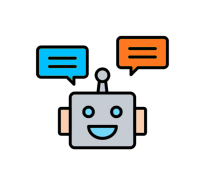














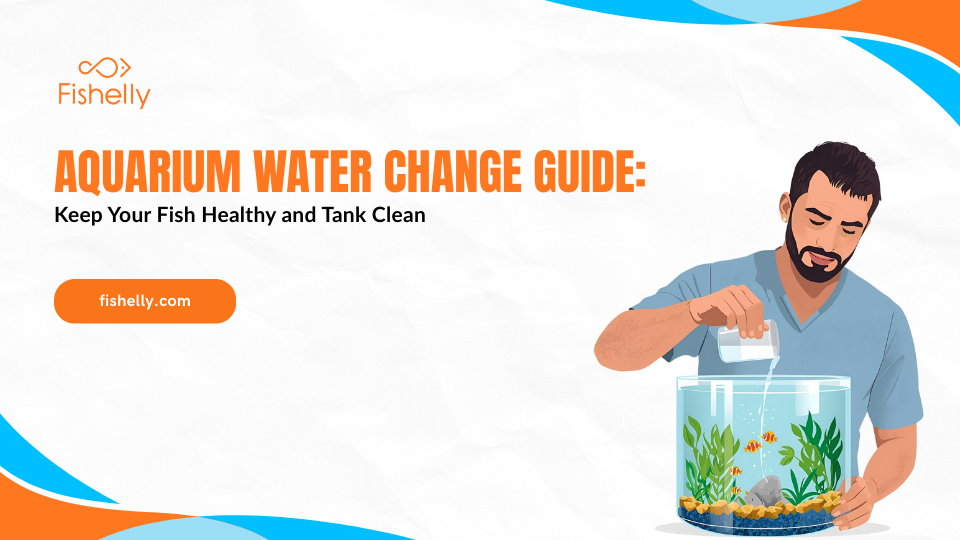
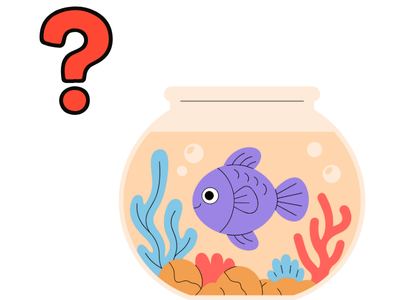

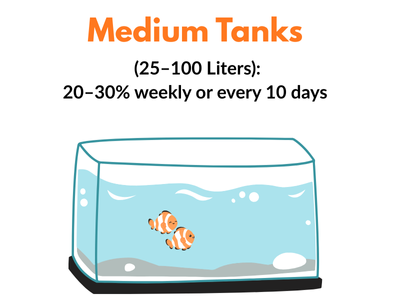
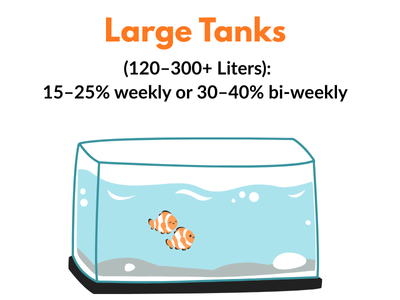
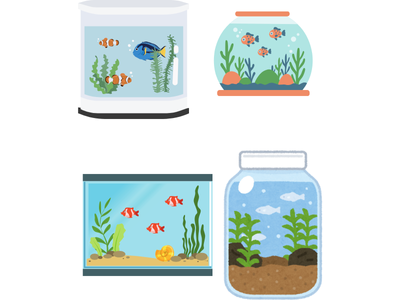
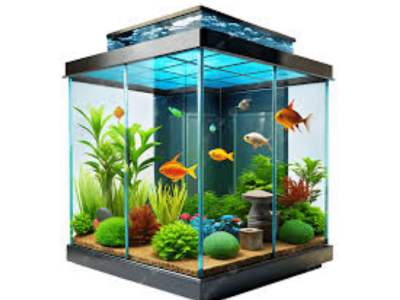
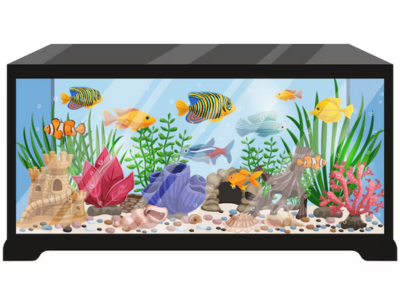

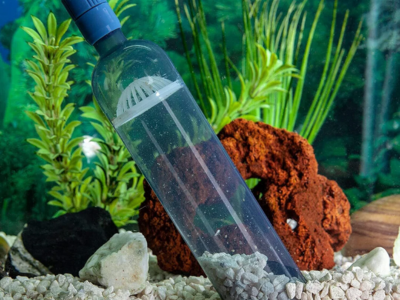
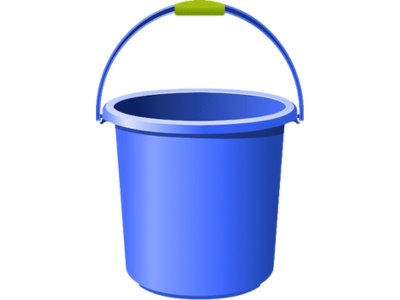
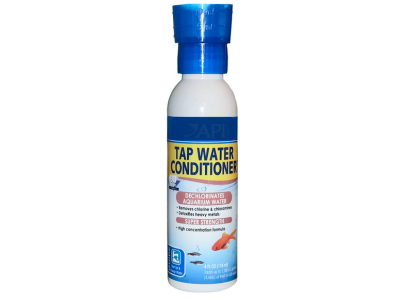
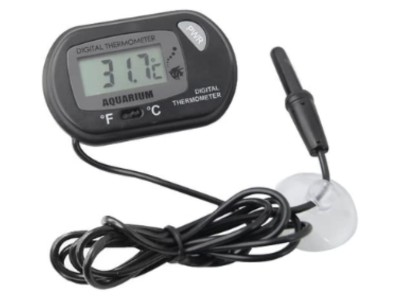

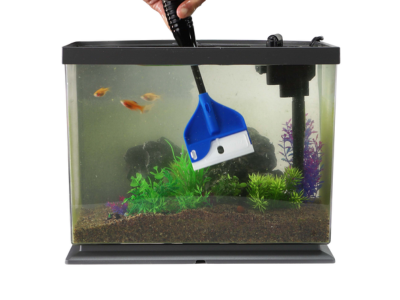
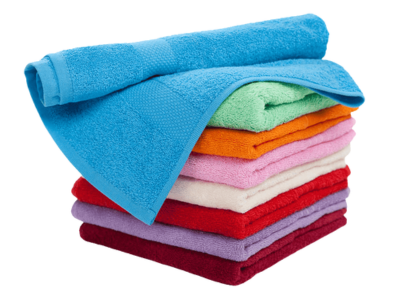

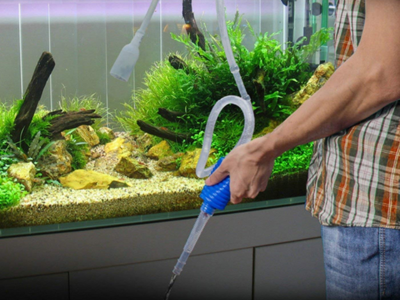
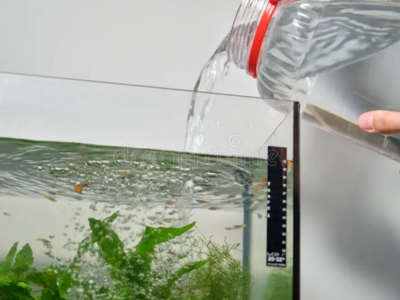

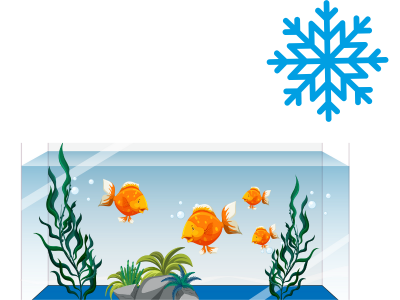

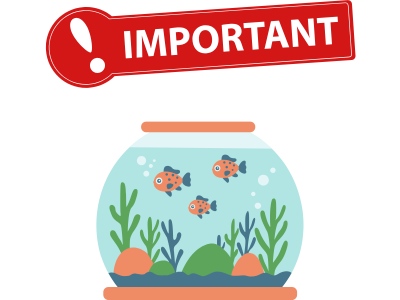
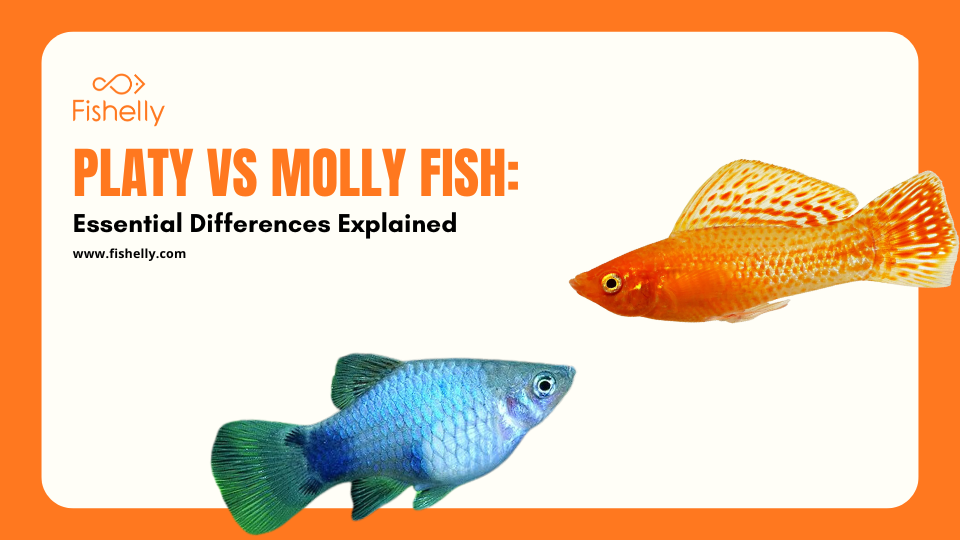


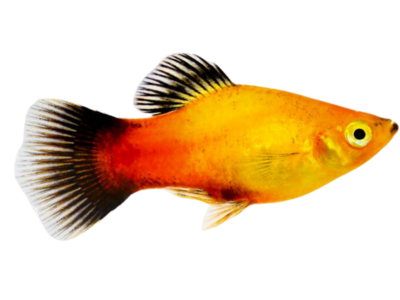
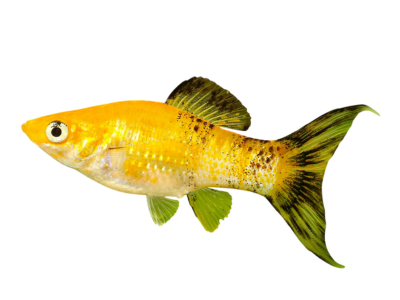

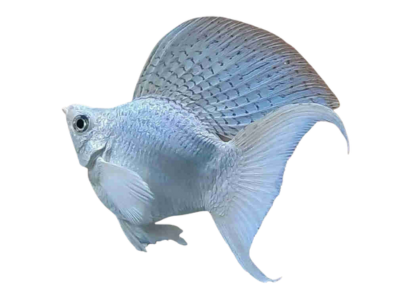
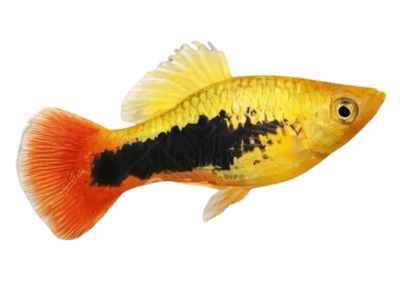
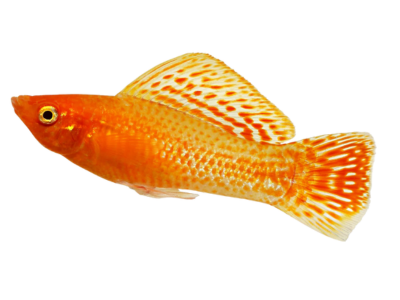
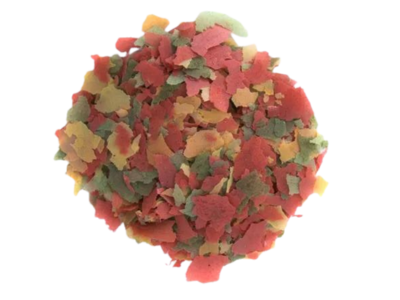
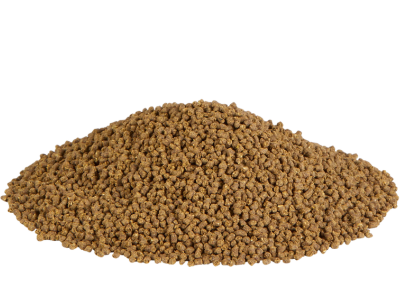
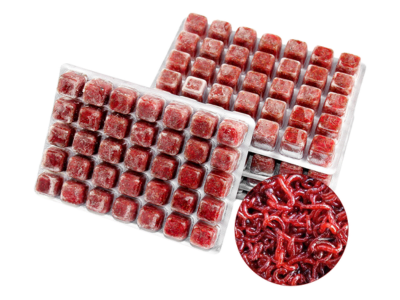


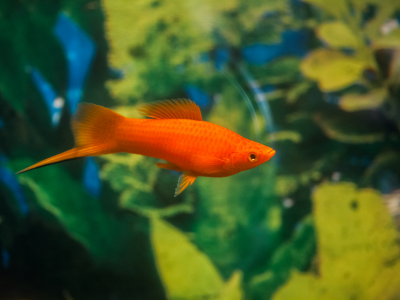
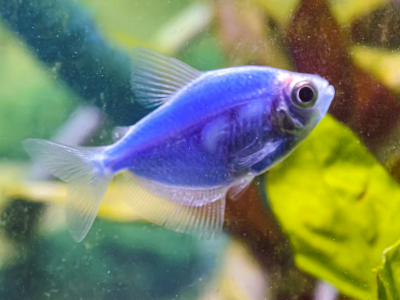
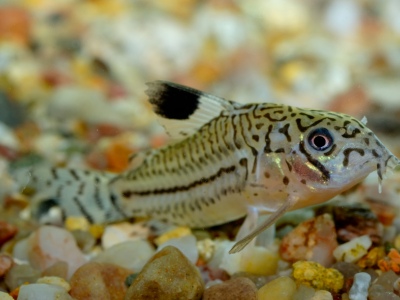










)

























































